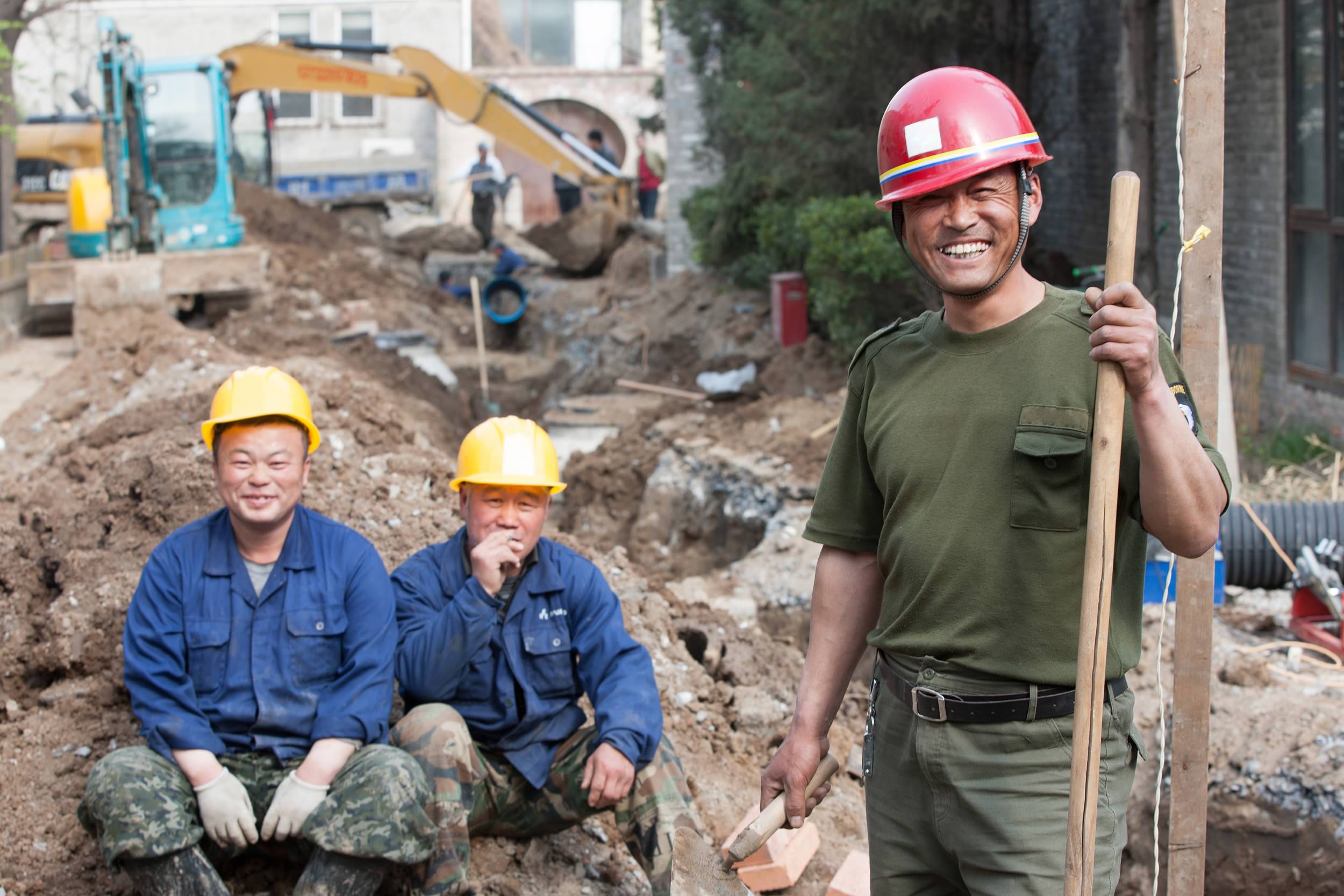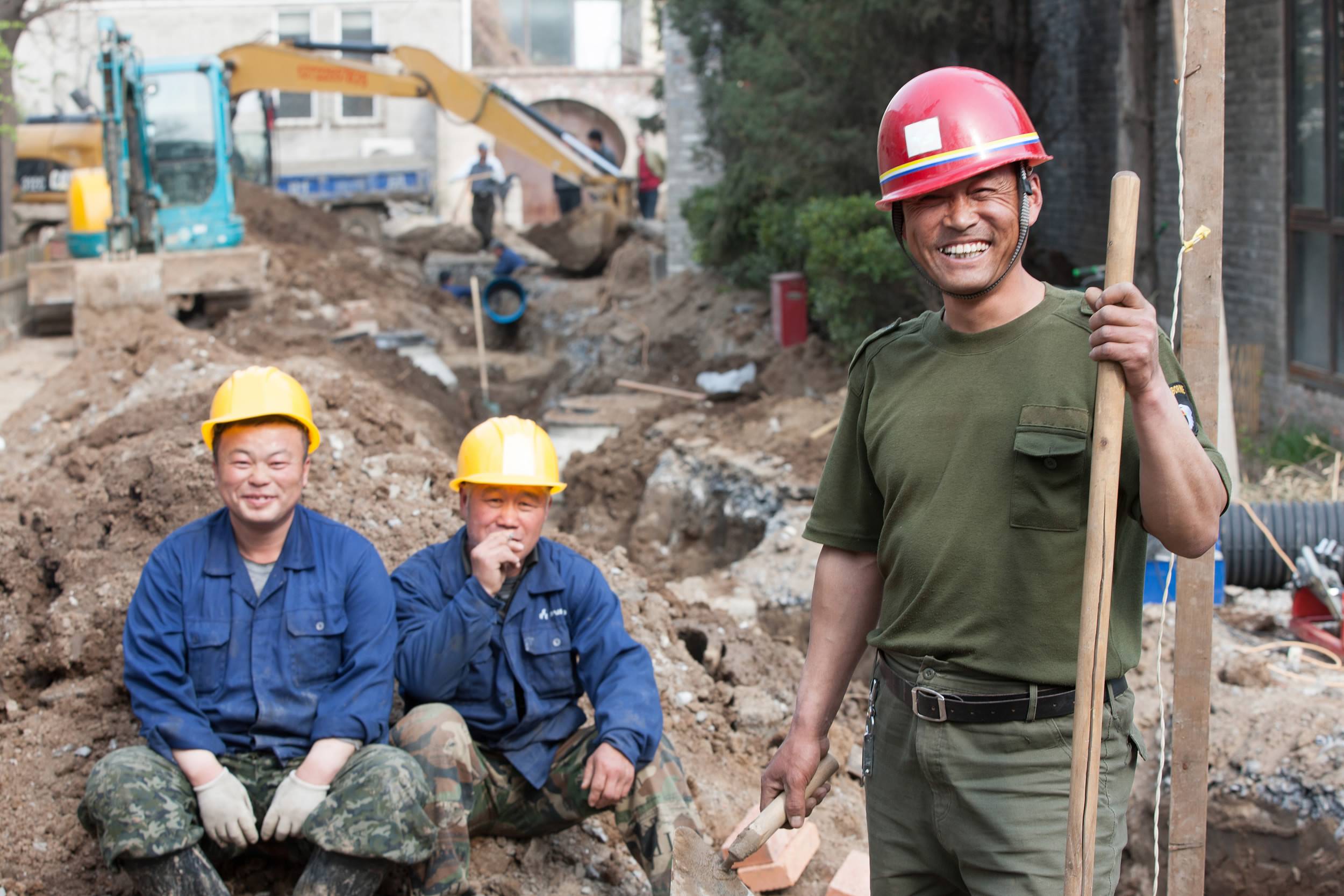
17:55, 28-Feb-2019
Migrant Workers: A Vast Problem China Must Solve

China’s urbanization rate will hit 60% by 2018, a startling transformation from below 20% 40 years ago, reflecting China’s remarkable economic development. There is, however, a dark underbelly of China’s urbanization - migrant workers – over 280 million people – almost one-third of urban populations. Second-class citizens in the cities that they themselves built by the strength of their backs and the sweat of their brows, migrant workers are one of China’s most pressing problems. How unfair that those who sacrificed so much to enable China’s economic miracle enjoy so little of its fruits - with limited social services, especially health care and education. Long-term, everyone recognizes that migrant workers must be integrated fully into city life. But how to pay for it? What happens to their rural lands? What are the long-term strategies? What are recent experiments? Under-appreciated are changing demographics of migrant workers. A unique Chinese characteristic, migrant workers must be appreciated.

The welfare of migrant workers having been an important concern in Chinese society
The welfare of migrant workers having been an important concern in Chinese society
Although migrant workers are not “poor” by technical definitions of poverty, their standards of living lie far beneath their fellow urbanites. How sad to see young children of migrant workers so full of enthusiasm to learn in primary school only to be limited by reduced opportunities as they grow older. Migrant worker demographics are a game changer – 60-70% of migrant workers are now young people, and the vast majority, over 95%, are never going back to the farms - they have never lived on farms. But if migrants move their registration to cities, what happens to their rural lands? Can they sell their lands and buy urban apartments? It sounds simple but it’s fiercely complex. Experiments are in the works. Helpful is a change of mindset – from migrant workers as a huge, unaffordable cost-burden for cities, to migrant workers as a huge source of domestic consumption for the country, needed as China restructures its economy. But China’s new economy must turn from low-cost labor to knowledge-based work. Key is education, training and retraining. Migrant workers are not the most glamorous topic, but they are…. Closer To China.
SITEMAP
Copyright © 2018 CGTN. Beijing ICP prepared NO.16065310-3
Copyright © 2018 CGTN. Beijing ICP prepared NO.16065310-3